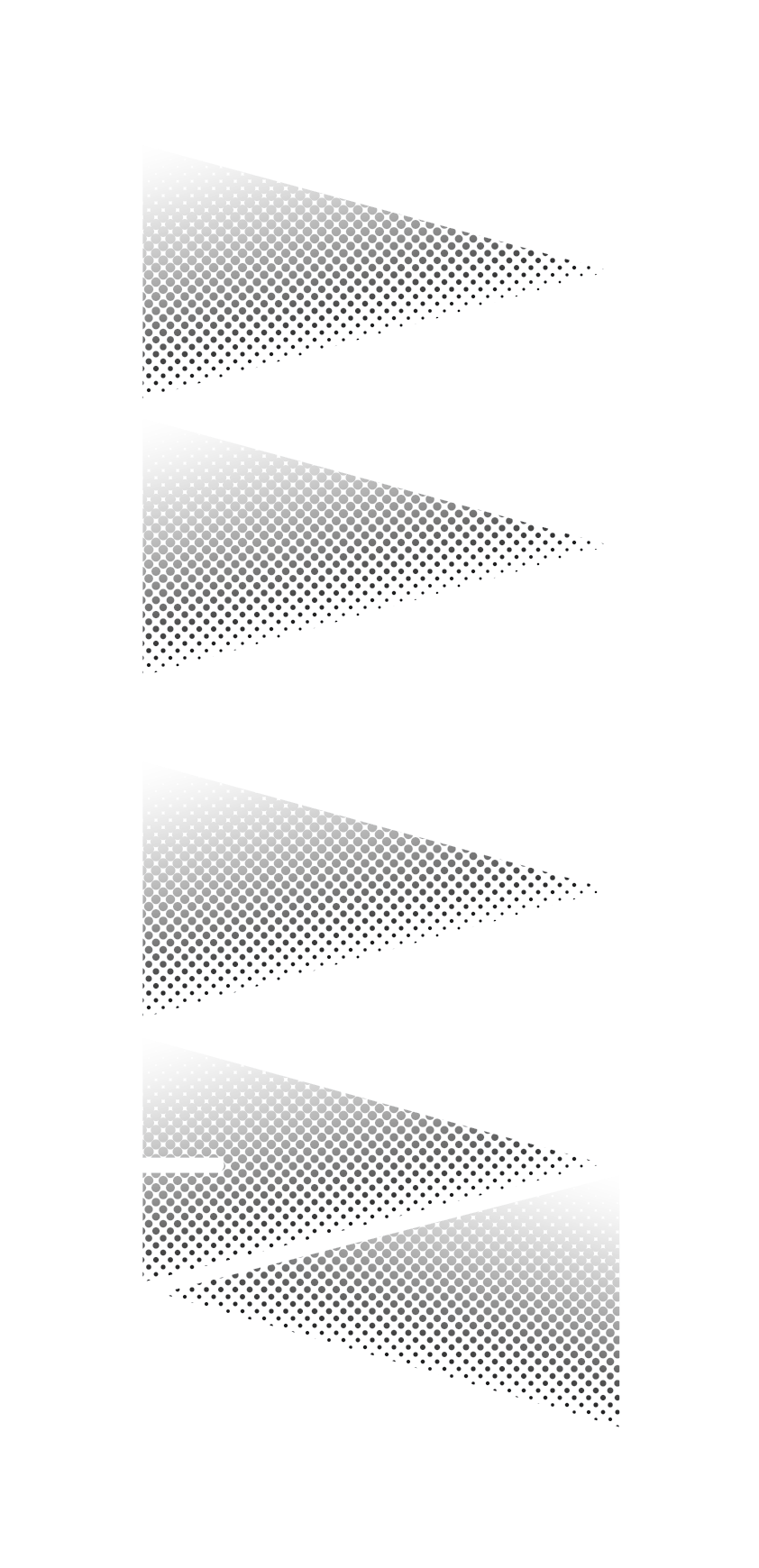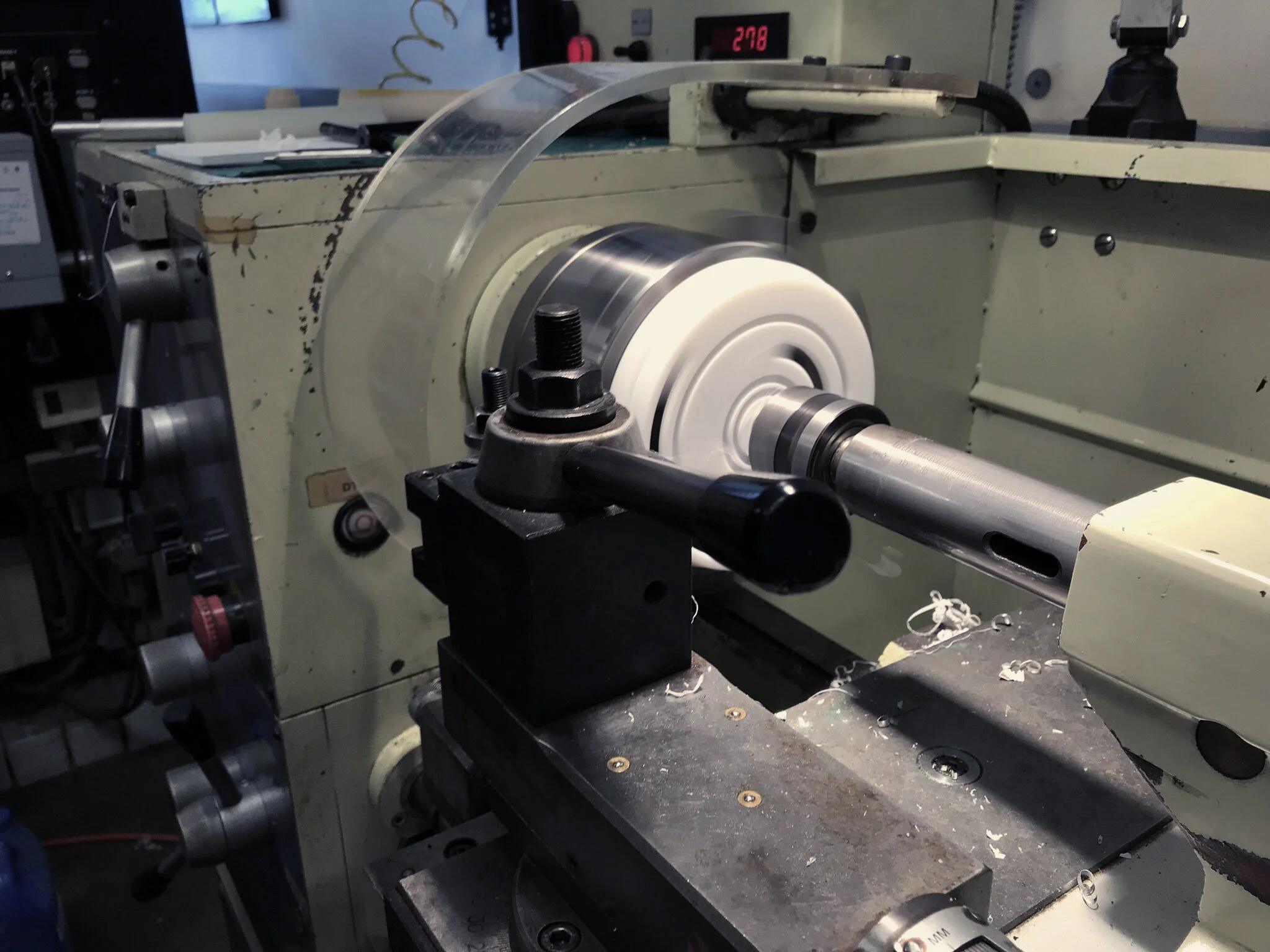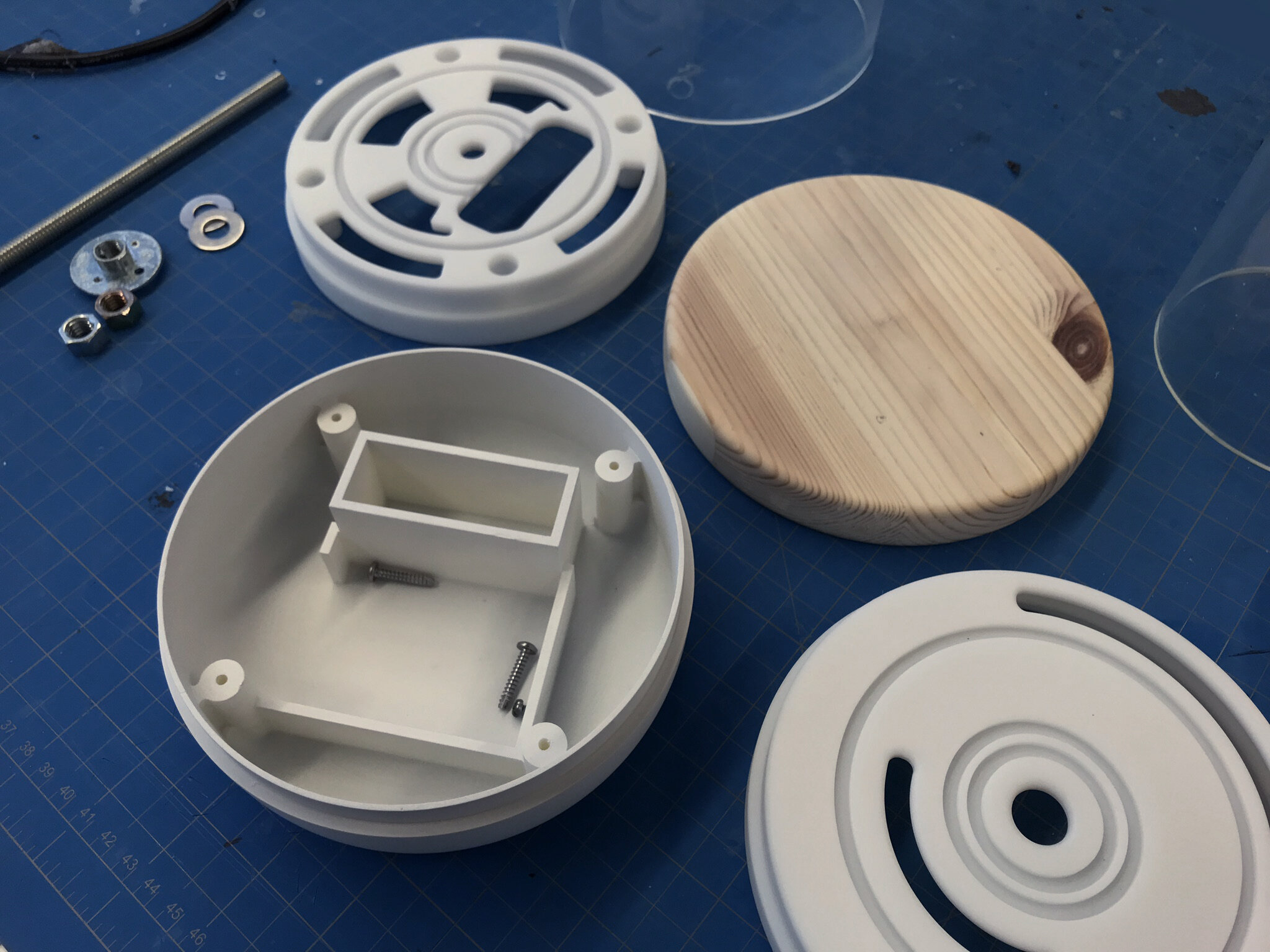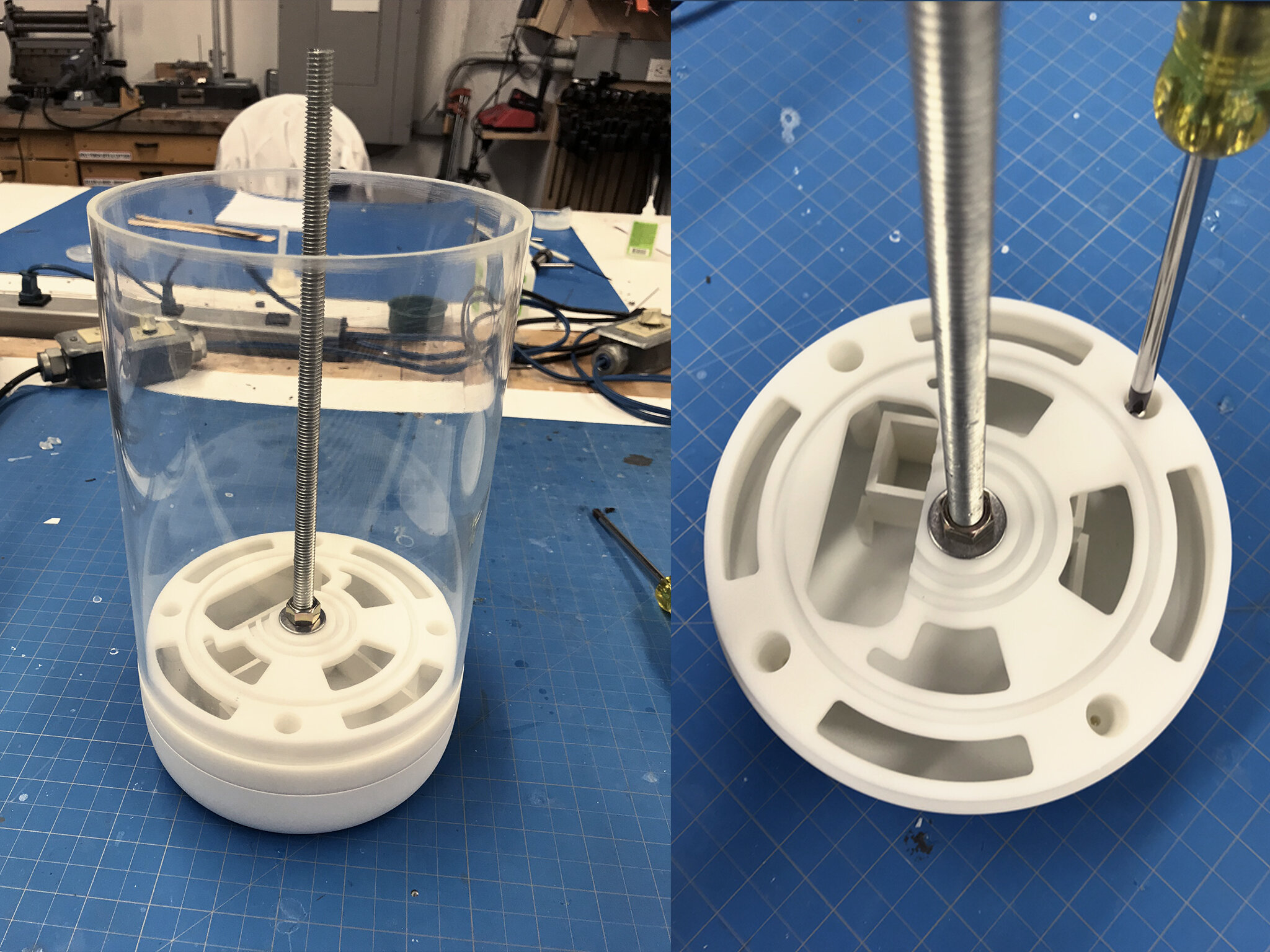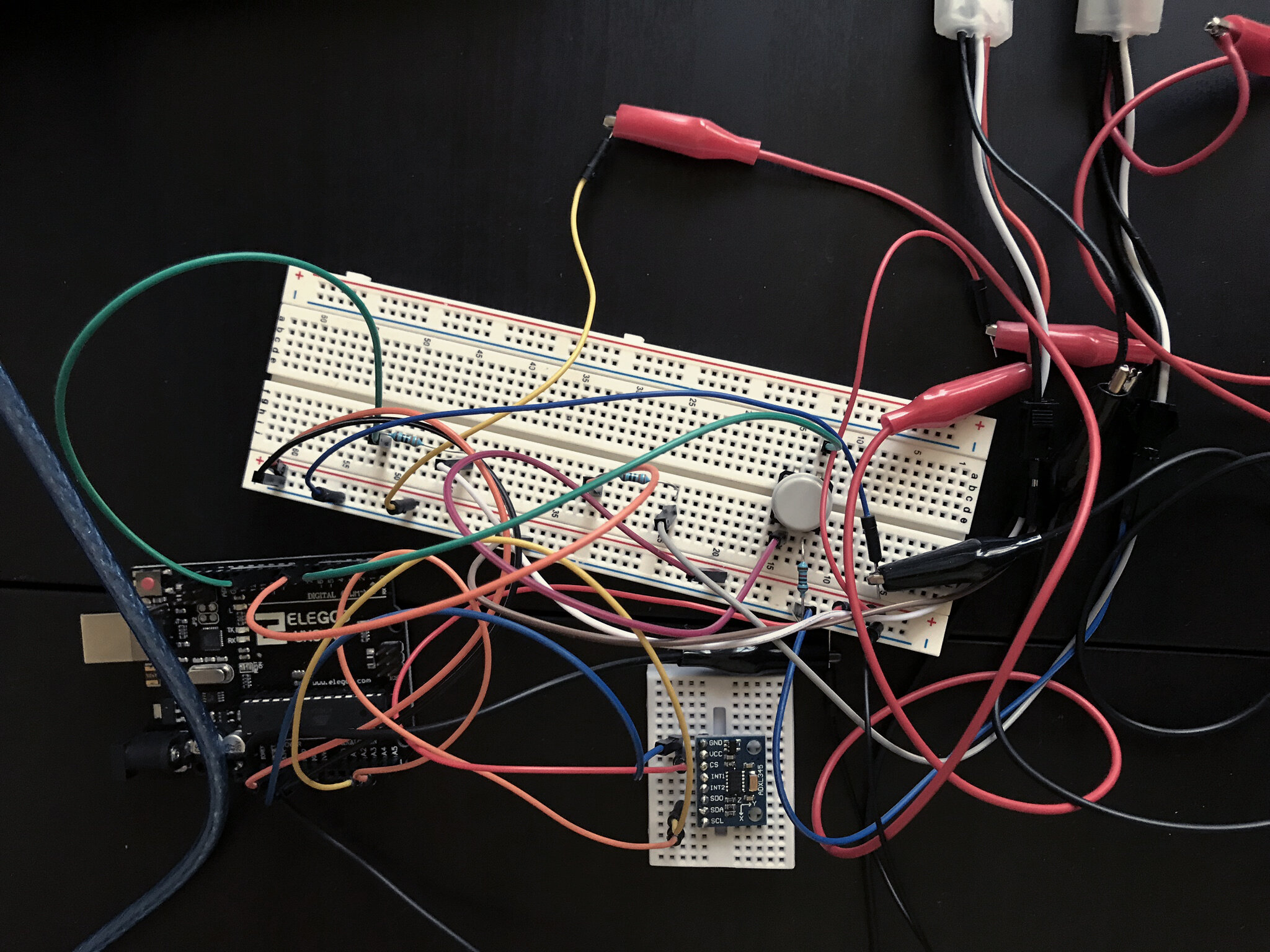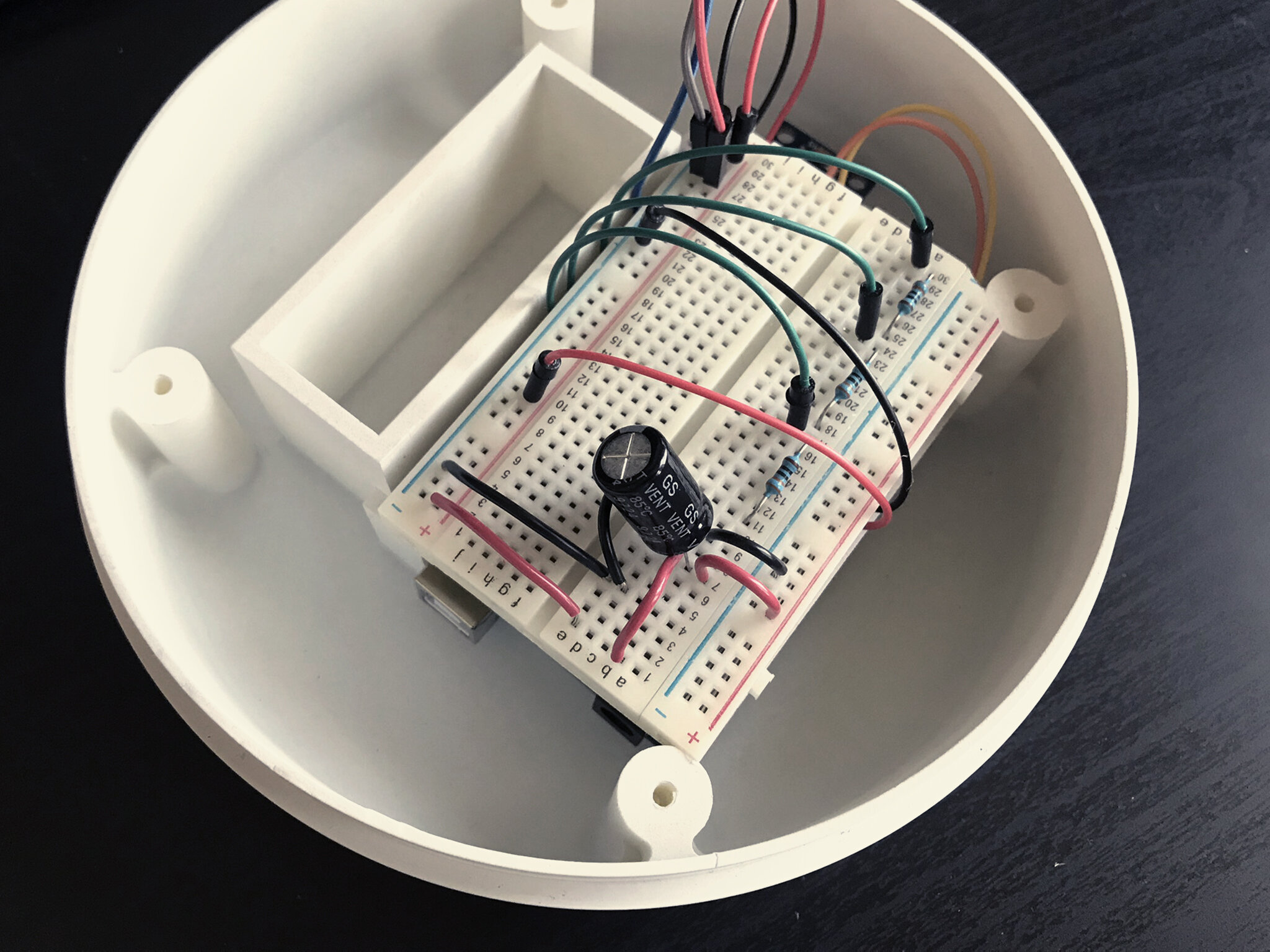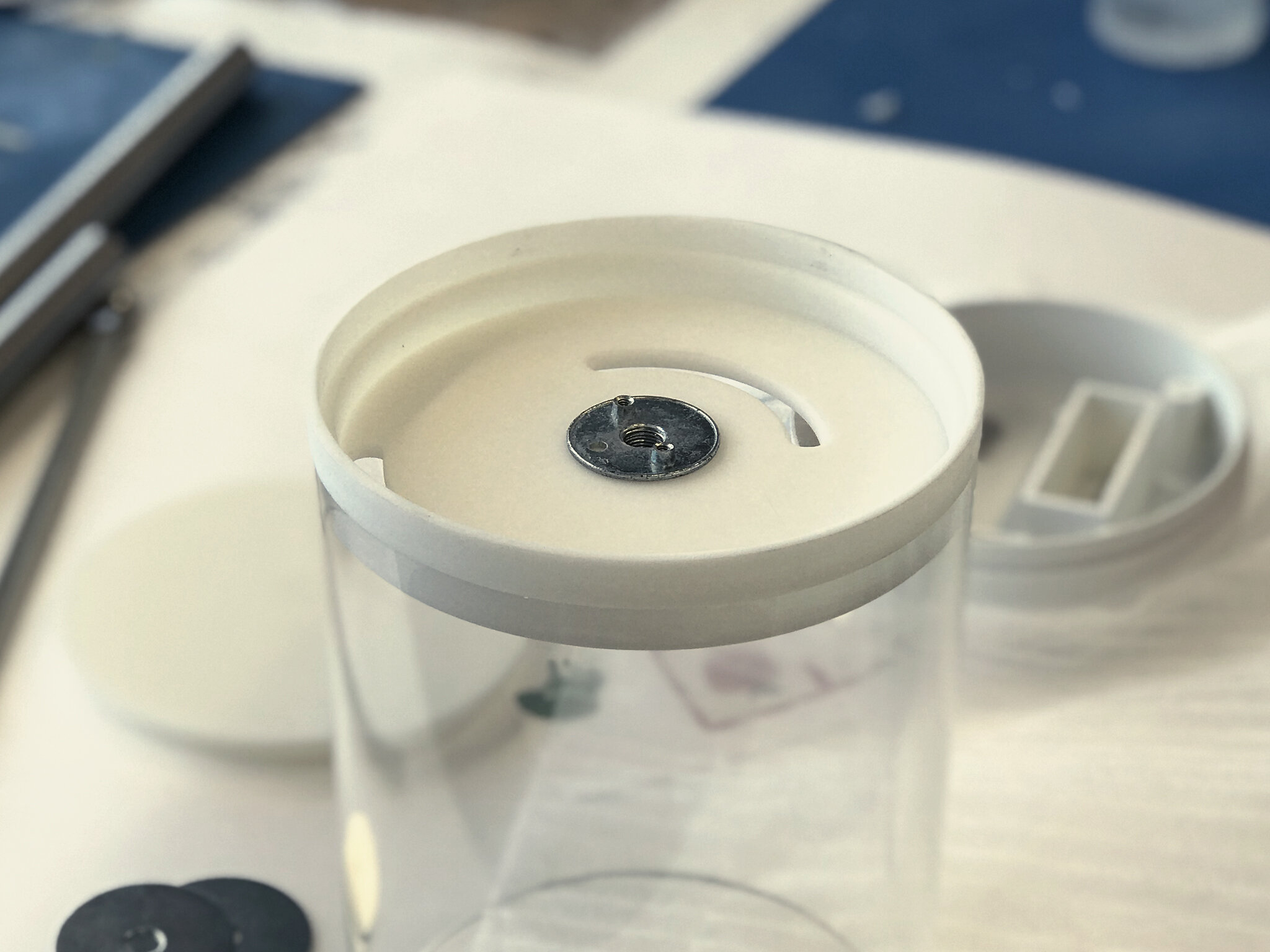The utilization of 3D development played a pivotal role in attaining precise scales, tolerances, and dimensions that closely resembled reality, while considering the necessary hard-points for the chosen mechanisms. This allowed for the creation of an accurate and functional design. Given the high current consumption of the programmable LEDs, a substantial battery pack was essential, requiring careful assembly within the artifact without compromising its form and optimal operation. An important aspect to consider was the need to avoid external wires, as they could detract from the natural and unrestricted experience associated with the traditional activity. Throughout the iteration process, a range of sensors and switches were explored and rigorously tested, ensuring the final design would offer a seamless and intuitive user experience.
